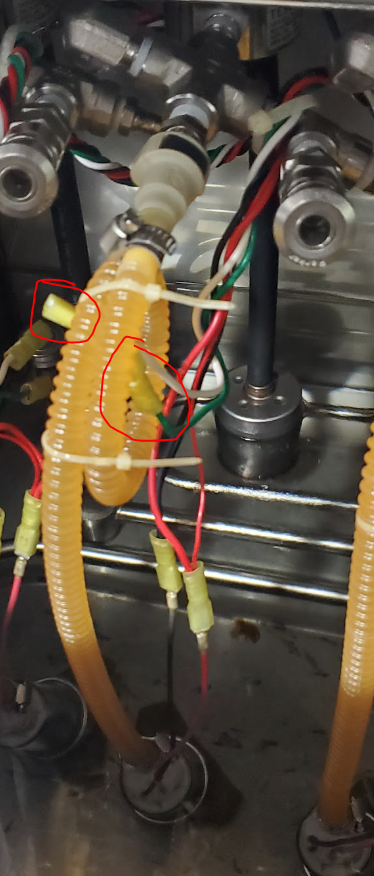We have over 100 current shunt amplifiers (Texas Instruments INA240A2-Q1 and INA240A3-Q1) monitoring durability testing of brushed DC motors (more specifically, fuel pumps). On our test boards, there are two different configurations. In one case, we measure the current of a motor controller and the current of the pump it's controlling. In the other case, the current shunts are jumpered in series and both redundantly measure the current of just a DC pump (no controller). When in the pump-alone setup, the amplifiers routinely fail.
The amplifiers have a common-mode range of -4 to 80 VDC. Most of our testing is at 12VDC, and most pumps draw around 10-12A. Some run constant, and some are switched on and off with an automotive relay every few seconds. Tests run anywhere from 100 to 4,000 hours. Because of the automotive relay, a flyback diode was put in place to protect the the amplifiers. I've taken several scope traces when switching the relay on and off. The voltage never goes below -1 VDC. Sometimes there's ringing, and the voltage will go as high as 16 VDC. Anytime I measure, the voltage is always well within the amplifier's range.
You would assume that the on/off testing would be the most abusive and cause most of the amplifier failures, but the steady-state testing will cause just as many failures. Sometimes a test will run for hundreds of hours before failure, while other times the amplifier will fail after a few minutes. When there's a controller/pump test, we haven't seen any failures (on either amplifier). The failures only happen when both shunts are in series, measuring the pump-alone current. More often than not, it is the "Pump" amplifier that fails. The "Controller" amplifier does fail, but much less often.
I'm scratching my head. It's such a simple circuit, and the voltage is within the amplifiers range. Here's the circuit. J1 interfaces with the rest of the test control circuits and not shown for simplicity. The 3.3 VDC powering the amplifiers is a high quality source, and I've checked it many times.
The current shunts are 0.001 ohm, 3W.









